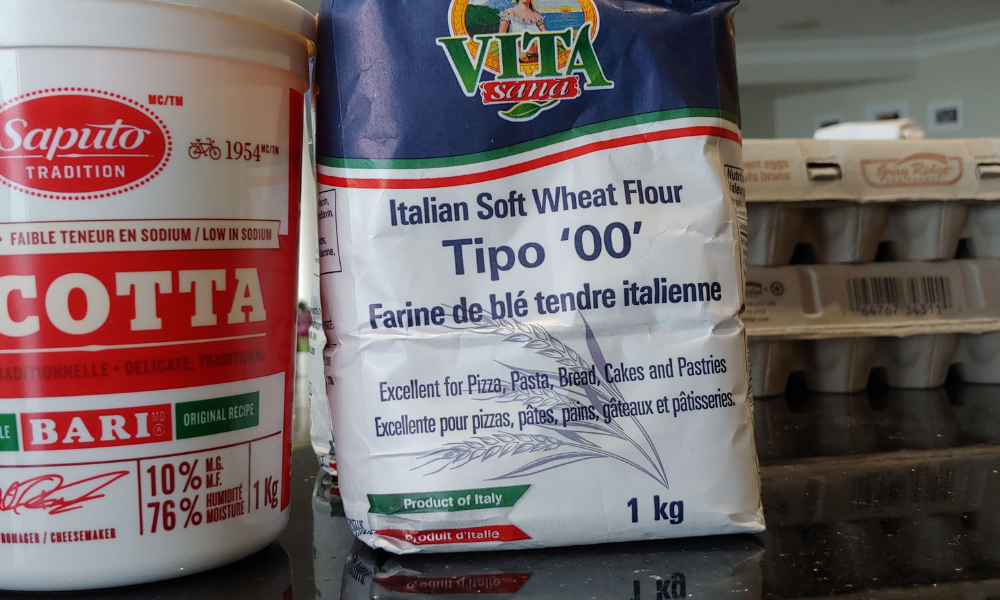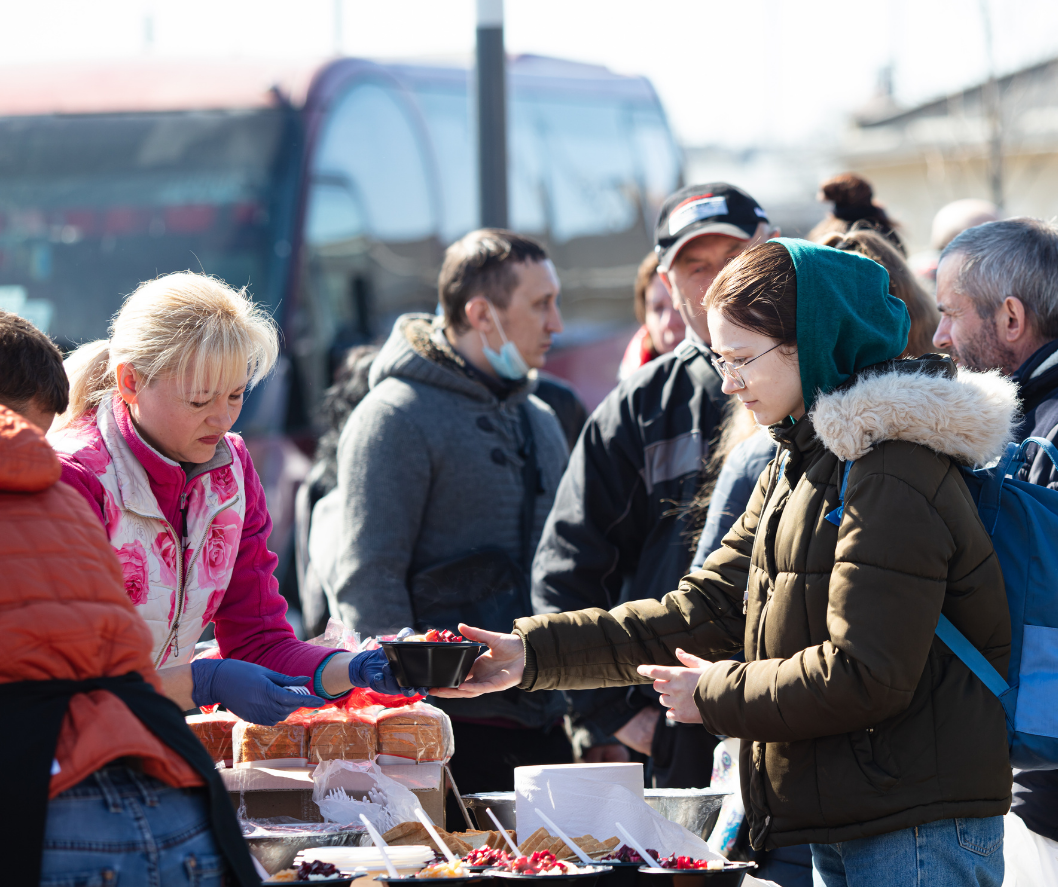
Italian Roots in Canada
Italian influence in Canada gathered force in the late 19th and early 20th centuries, then surged after the Second World War, when 20,000–30,000 Italians arrived each year between the early 1950s and mid-1960s. They brought the rhythms of pasta and bread, the scent of tomatoes and basil, the scaffolding of family-run groceries and cafés—traditions that took root from Montreal to Vancouver and reshaped everyday Canadian eating. Today, about 1.55 million people in Canada claim Italian ancestry—one of the country’s largest cultural communities.
As neighbourhoods formed, food became their heartbeat. Toronto’s Little Italy along College Street grew from early-century arrivals into a strip of trattorie, bakeries, and espresso bars; Vancouver’s Commercial Drive was designated Little Italy to honour the postwar community that revived the area. In Montreal’s Little Italy, the espresso counter remains a meeting place—Caffè San Simeon has been pouring shots since 1979, a link between Sunday sauce and soccer nights.
This story holds harder chapters, too: during the war, about 31,000 Italian Canadians were registered as “enemy aliens,” and roughly 600–700 men were interned—a history now publicly remembered and taught. In recent decades, Canada has also chosen to celebrate: June is Italian Heritage Month, recognized federally and in Ontario, a yearly nod to the builders, bakers, baristas, and nonnas who shaped our streets and tables.
What began as hand-rolled pasta and backyard gardens has become part of Canada’s everyday comfort: veal sandwiches on College, gelato after dusk, espresso taken standing, tomato sauce simmering in a Scarborough bungalow or a Mile End walk-up. Italian food here feels both old and new—Old World craft meeting New World ingredients and neighbourhoods—proof, plate by plate, that cuisine can carry a culture across an ocean and let it bloom again at home.




















